On a sunny Wednesday morning in August, I arrived at the London flagship store of Bang & Olufsen. But, of course, it’s not just a regular shop; it’s an “atelier,” or so I’m told. On the ground floor, you can peruse their range of chic, expensive speakers and headphones, but head upstairs — complimentary coffee in hand — and you can dive into their tailoring service. Do you want all the speakers in your home and office to match the materials and colors of their surroundings? Or match your car? Or what about a particularly beloved artwork? This is where you do that — and their sound will be as moving and astounding as their price tags.
But downstairs, one floor below the main sales area, there’s a little preview room, hidden away from the world. And in that room, on that morning, in a little leather travel case, was their new flagship Bluetooth headphones, the H100 (named to honor the brand’s 100th anniversary). Their retail price? $1,549.
No, that’s not a typo. These Bluetooth headphones cost laptop money. They cost new iPhone, AirPods Pro and dinner-out money. They cost “holy shit, that’s a lot for a pair of Bluetooth headphones” money. Right now, you can buy a 2007 Dodge Caravan in Fargo, North Dakota, with no accident history and save $200 compared with buying these headphones. Objectively, their value proposition is insane. But, subjectively? They’re incredible — and there’s nothing quite like them.
When Bluetooth earbuds and headphones were first widely introduced, they were not particularly well-liked. There were dorky earbuds that tied around your neck, some bulky plasticky headphones and those clip-on phone extension things that you’d see in fancy offices, but everyone just listened to music through a wire. The idea of seriously listening to music over Bluetooth was absurd.
But then in 2016, Apple made a decision they described as requiring “courage.” Namely, they removed the 3.5mm port from their upcoming iPhone 7, meaning you had to use a dongle to listen to wired audio or could listen over Bluetooth; and if you wanted to go wireless, they oh-so-uncoincidentally also announced their new product, AirPods. The reaction was overwhelmingly negative — Apple was just greedy, wanting to sell you new, more expensive earbuds that sounded worse and were easier to lose.
This was all true. But it was also true that, when done right, consumers really, really liked Bluetooth audio.
Look at your fellow travelers on rush hour public transport. You’d barely fill a hand counting those listening to music or podcasts over a wire — and you’d lose count of those using Apple earbuds alone. If AirPods were spun out from Apple as their own company, they’d be on the S&P500 — and there are thousands of different Bluetooth earbuds and headphones to choose from, available at every imaginable price point.
Buy a dongle, and you can still listen to wired earbuds or headphones with your phone, but you don’t because the convenience of wireless is just unbeatable (even if the sound quality is still worse).
But what if you could close the gap? What if you could merge the quality of wired headphones with the convenience of Bluetooth and add some luxury touches, too? Well, you have to pay $1,549 to get there.
To start though: the sound quality. It’s simply astonishing. The bass is rich and detailed; the soundstage is wide and precise; the overall sound profile is relatively neutral while still being fun; and the clarity is incredible. These don’t even support Hi-Res Bluetooth codecs like LDAC — let alone support something like Wifi streaming directly to them — yet the H100 aren’t competing on sound quality with other Bluetooth headphones. They just sound like incredible wired headphones, and for the price, in many cases, it beats them.
My colleague Alexander Larman almost shed a tear listening to David Bowie on these and was damn near speechless afterward. When I first heard them, I broke the silence of that pleasant room at the Bang & Olufsen “atelier” with an involuntary utterance of “fuck me!”
If you care about hi-fi audio, these will impress you. If you have never heard expensive headphones before, these will blow your mind. And again, this sound quality comes in headphones that connect to your phone over Bluetooth, that can cancel audio and have an “immersive audio” faux-surround feature (and even that usually gimmicky feature sounds good here).
Then comes the build quality, which is just as good as any Bang & Olufsen speaker or turntable. They look stylish but subtle, and there are no plastic touch surfaces. It’s all plush leather and cold aluminum, ending with frosted glass swipe surfaces on the side of the cups. You thought the AirPods Max were premium? Bitch, please. Best of all, magnetic ratcheting wheels are along each cup’s edge. Just swivel them, and with a satisfying swivel, you can adjust volume or noise-canceling strength. It’s the best control scheme on any pair of headphones, ever.
The luxury feel extends beyond the headphones themselves, too. Whereas most headphones come with a stubby charging cable, the H100 have luxurious cables: braided, long, USB-C and 3.5mm cables, with brushed aluminum housing and leather clips to hold them in place. These cables shop at Gucci, exclusively drink juice from Erewhon and have staff. And when you’re done listening to them, pop the cables and headphones into their soft leather carrying case, instantly turning the headphones off and putting them into a deep sleep mode. And yes, many headphones come with cases, but this feels like a leather pouch from a British designer brand.
The most important part of the design, though, is that it puts repairability above everything else while still being thin and premium. The cups clip on and off magnetically (like the Air Pods Max and Bose Ace). The inner cushioning of the band easily clips off. Need more serious repairs? The removal of a single screw in either cup lets a B&O employee swap out the driver or battery, and do so within the five-year “Beocare” warranty. Bluetooth headphones have a relatively short lifespan, as they can’t easily be repaired, and their batteries can’t be replaced, but Bang & Olufsen wants customers to use them happily for a decade or more. (Out-of-warranty, replacement cups and batteries would be around $150-$200.)
Fitting that, the H100 comes with their Amadeus chip, a smaller version of the Mozart chip in their speakers, which allows Bang & Olufsen to upgrade the drivers and firmware running these headphones. Not only can they add new features, but they’ll also be able to upgrade the entire Bluetooth standard running on the headphones. Out of the box, though, they come with all the premium modern Bluetooth headphones you’d expect: multipoint connectivity, transparency mode, auto-on and off, etc. Bang & Olufsen says three-device multipoint and the high-fidelity LDAC Bluetooth codec should come with a 2025 software update.
To compare these to cars (again), the fundamental pitch of the H100 is that they should be the Audi RS6 of headphones. The RS6 is a damn expensive wagon, but instead of buying a sports car for the weekend and then a daily commute, the RS6 combines the best of both into one well-polished package.
If that comparison tracked, then the H100 would genuinely be worth the money, for the right person. The problem, however, is that merging the two doesn’t work quite as well in reality as it does on paper.
Namely, when you’re walking around or commuting, you aren’t able to appreciate the incredible fidelity and clarity of these headphones — you’re not focusing enough, and there’s too much background noise — so you’re not gaining much over the (currently) $329 Bose QuietComfort Ultra. However, the Bose has way, way better noise canceling; and if you ride a tube regularly or like to listen to podcasts as you walk around a loud, clattering city, that superior noise canceling is way more important than the H100’s clearer drivers. And it’s worth saying; though they can’t keep up with the H100, the Bose still sound great and feel very premium.
And they’re more than $1,100 cheaper. So, if you aren’t satisfied with their sound quality, just buy an incredible wired audio set-up for at-home use and keep the change. My set-up consists of the outstanding Austrian Audio Hi-X65 (my favorite wired headphones ever) paired with a JDS Labs Atom 2 DAC/AMP stack and JDS Subjective 3 equalizer. Combined, they cost $870, or $1,200 with the Bose, and the same as the H100 when you add the earbud version of the QuietComfort Ultra. It’s not an all-in-one solution, but it’s cheaper than the H100, and ultimately, I prefer both the on-the-go listening experience and the at-home listening experience.
I will say — astonishingly for Bluetooth headphones — these are way closer to the wired, listening-at-home experience than these have any right to be. The sound quality is as good as any wired, closed-back headphones I’ve tried, but it also has noise-canceling and incredible build quality. However, if I am listening at home, I always prefer open-back or semi-open headphones (like the Hi-X65), which have an inherently bigger soundstage; and you can’t get that with an all-in-one suggestion. Additionally, the H100 can play music over the included USB-C and 3.5mm cables, and the lack of Bluetooth compression makes for a noticeable improvement, but it still can’t push the power that wired cans can when hooked up to a DAC and AMP.
Bang & Olufsen is renowned for providing long-term support for their products, but noise-canceling is tough, and I doubt Bang & Olufsen can upgrade the H100 so it’s as strong as the Bose. If they could, these would be a far more compelling single-headphone option — particularly for frequent fliers — but by then, Bose will have even better noise-canceling headphones out, and H100 will be permanently behind.
For me, they’re not the all-in-one product they ought to be, but they’re not a scam or rip-off, as the price might suggest either. On the contrary, they’re pretty damn impressive. They sound astonishing, feel and look like a luxury product and make me smile every time I use them. I’m going to be sad when I return these to B&O — and it’s not often that I say that about a review sample. Also, most importantly for Bang & Olufsen, they have no real competition. If you want something like this, nothing else quite fits the bill.
The Bose QuietComfort Ultra are the best Bluetooth headphones on the market when you balance price with performance, but they’re way less exclusive, not as premium — and nobody would mistake their sound for wired headphones (even though they still sound great). On the flip side, there are other uber-premium Bluetooth headphones — like the $1550 T+A Solitaire T, $999 Mark Levinson No. 5909, and $700 Focal Bathys — but none sound close to as good as the H100, and they all look and feel way worse.



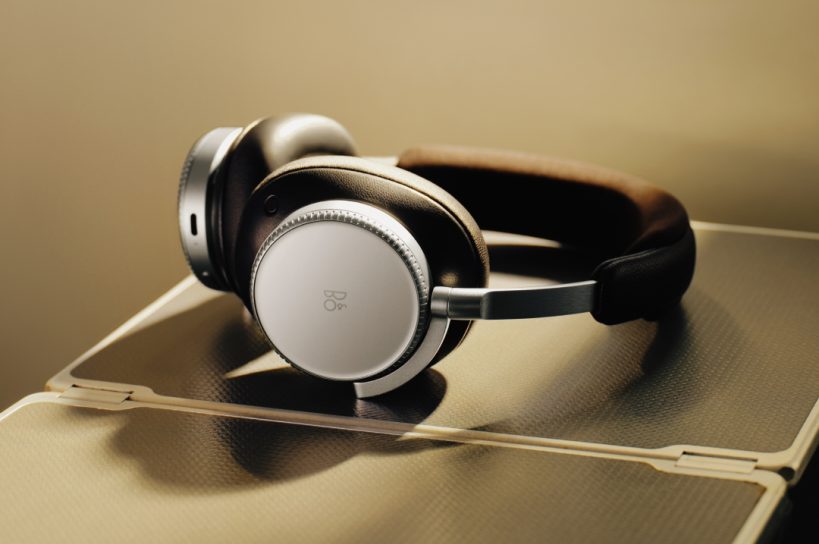






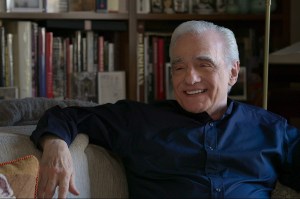
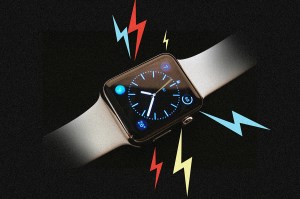

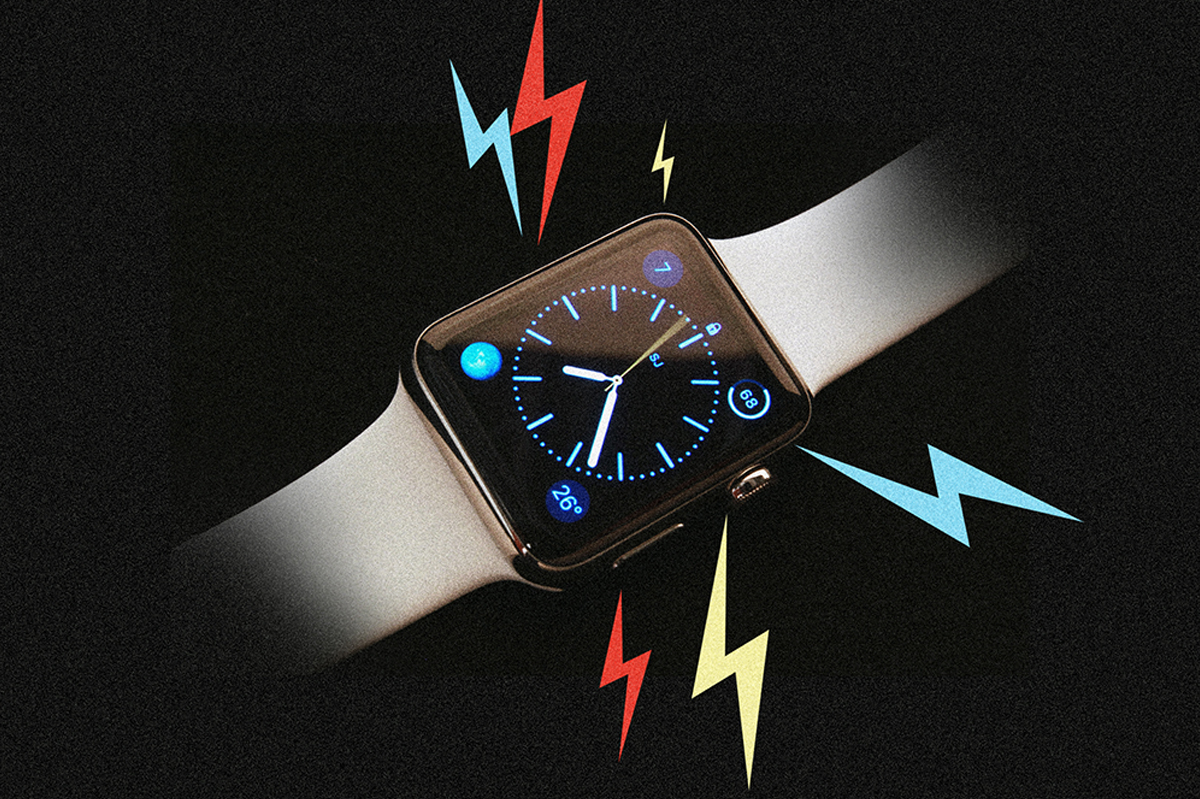


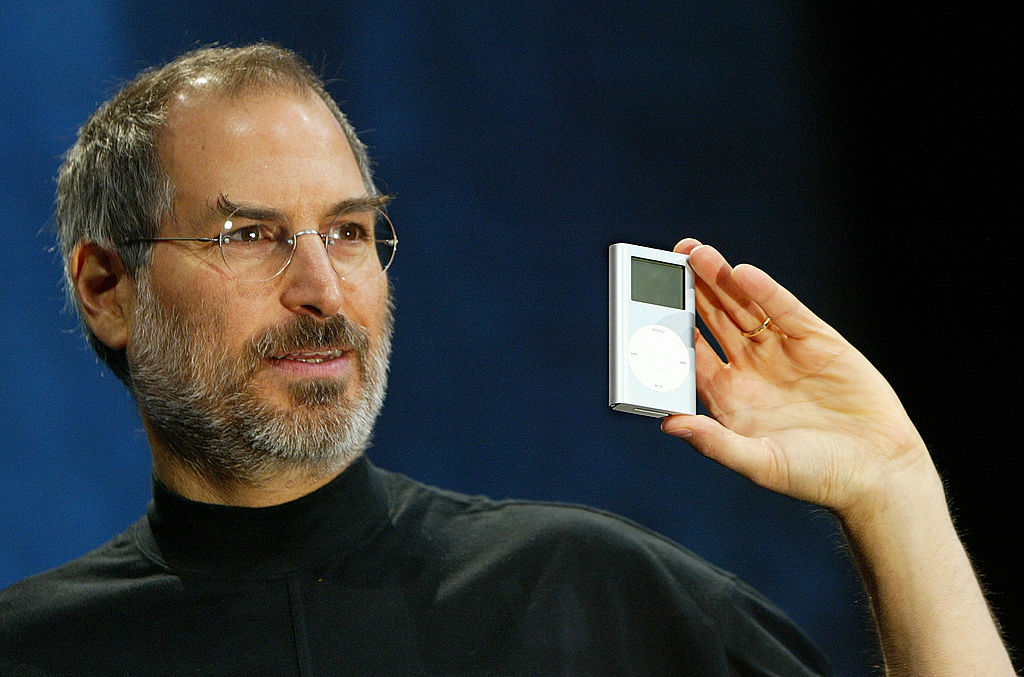









Leave a Reply